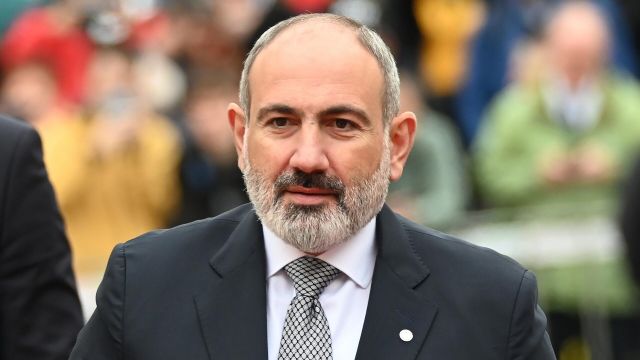TSAMTO, November 16. Armenia is looking for new partners to supply it with weapons. This was stated by Prime Minister Nikol Pashinyan on November 15, RIA Novosti reports.
"We are diversifying our relations in the field of security, since our partners in the field of security cannot, including for objective reasons, sell us weapons and ammunition. We are talking about this openly and directly," Pashinyan said during the government hour in parliament.
According to him, Yerevan asks its partners not to be offended. "But we have to look for other partners in the field of security, and we are looking for and finding these partners, trying to conclude contracts, acquire weapons and military equipment," Pashinyan said.
TSAMTO's note:
The defense industry of Armenia cannot independently restore the country's defense capability after losses in the Second Karabakh War.
In order to ensure the proper level of the country's defense capability, Armenia depends on the import of VIVT for almost all major weapons systems.
Armenia has been acquiring weapons from Russia for quite a long time within the framework of the CSTO at preferential domestic prices (mainly from the Armed Forces of the Russian Federation). In addition, Russia transferred part of the armaments to the Armed Forces of Armenia on a gratuitous basis or on terms of preferential loans.
However, the Second Karabakh War in the fall of 2020 (September 27-November 9) led to colossal losses of military equipment in service with the Armenian Armed Forces.
According to the Center for Analysis of Economic Reforms and Communications of Azerbaijan, as of October 26, 2020, the value of the destroyed and taken as trophies of military equipment of the Armenian Armed Forces exceeded $ 2.7 billion.
Given the loss of a huge amount of military equipment during the conflict with Azerbaijan in the fall of 2020, Russia could quickly, using, among other things, the capacities of the Armenian defense industry (thereby creating additional jobs in Armenia), compensate Yerevan for the destroyed and captured by Azerbaijan, and, as already mentioned above, for preferential prices and long-term loans. However, in the next two years after the conflict, the Armenian leadership first veiled, and then openly began to drift towards the West. Thus, the opportunity to quickly restore the fleet of military equipment in cooperation with Russia was missed.
It was the orientation towards the Russian Federation that seemed to be the most appropriate policy in Armenia's military construction in the post-conflict period, especially since Yerevan, up to now, based on the state of the country's economy, cannot afford to purchase modern expensive weapons in other countries in the required volumes.
Nevertheless, Yerevan has chosen an arc of development in military construction, which in the future seems to be a dead end for the country that is a member of the CSTO.
If the situation develops according to the most unfavorable scenario and Armenia withdraws from the CSTO, ensuring the country's defense capability through arms purchases in the West seems to be a purely populist step by Yerevan as part of the gradual drift of the country's leadership away from the CSTO and Russia.
At the same time, N. Pashnyan forgot the main postulate: Western countries can only be temporary fellow travelers, pursuing their short-term selfish interests in the Transcaucasian region, and Russia has been a reliable ally, neighbor and partner for centuries.




